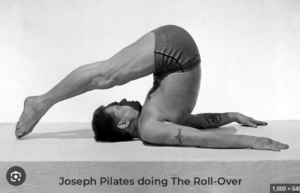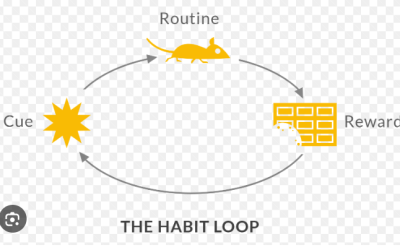Resilience. From the latin verb resilire. To bend but not break.
There’s a stormy whirling outside, and the high winds and gusty bursts are testing the tall trees that sit proudly atop the cliff across the road from my office window. These trees sway and shake, but rarely splinter or shatter. They are resilient. What makes them so, I wonder? Is it their lack of rigidity, which in humans can be called obstinateness? These trees accept the conditions they find themselves in, and in the accepting they allow themselves to be bent out of shape, and possibly even changed in structure by the force of the gusts. This flexibility means that they bend but don’t break.
Life’s winds come and go from our lives, and a sudden unexpected gust can catch us off guard, momentarily stunning us with its arrival. We will all get knocked over by such a gust at some point, and it’s not the falling down that matters, but what you do when you’re down.
There are also a row of bright and cheerful daffodils outside my window. I know what you’re thinking, with a window view this entertaining how do I get any work done at all? I have always been in awe of the humble daffodil. Not only is its appearance a promise of spring to bring us out of the cocoon of winter, but its stunning ability to look so fragile and yet endure the harshest of weather conditions is a beautiful reminder that we are stronger than we know, or than we appear.
Nature is full of such examples of steadfast resilience in the harshest of conditions. And us humans are part of nature, even if by our civilisation of ourselves we seem to somehow have set ourselves apart, and even at odds with the natural world. We too are incredibly resilient, indeed we wouldn’t have made it this far if we weren’t.
When I think about how my own resilience manifests when an obstacle presents itself or life lobs a curveball in my direction, I see it as a toolkit, and here’s what’s in it :
- Mindset. Getting to acceptance of the current situation. This can take minutes, or days, depending on what’s going on. I find Susan David’s ‘emotional agility’ useful here. We have to go to the emotions of what’s going on in order to go through them. But get to the other side we must, because getting stuck in an emotional state keeps us from accessing our resilience. Poor Viktor Frankl runs the risk of being quoted so much he’s becoming a cliche, however, his insight into the freedom we all have that no person or situation can take away is pertinent here : we can’t always choose what happens to us in life, but we can always choose how we respond to what happens to us. Therein lies our freedom and our power.
- Sleep. I am passionate about a good night’s sleep. Should you need convincing as to why you too should be passionate about a good night’s sleep, I suggest you read Matthew Walker’s excellent book ‘Why We Sleep’. My beautiful, restorative nights sleep is one of the first to go when life hits me hard with something. I lie there at 2am stressing about how I am not getting a good night’s sleep. My only way back to better sleep is to do the work on my mindset. See above.
- Support. I am a die-hard, independent, self – sufficient woman, often to my own detriment. I have incredible people in my life, but I am often very reluctant to lean on them. But when the pancake hits the floor, you really do need the support of others to help you deal with the fallout.
Life isn’t fair. But it’s not fair for everyone. Of course we don’t ‘deserve’ the things that happen to us, but life isn’t picking and choosing. This game has a randomness to it that is both wonderful and ugly. Resilience required.
In the words of Edith Egar : ‘Suffering is universal. Victimhood isn’t’.



